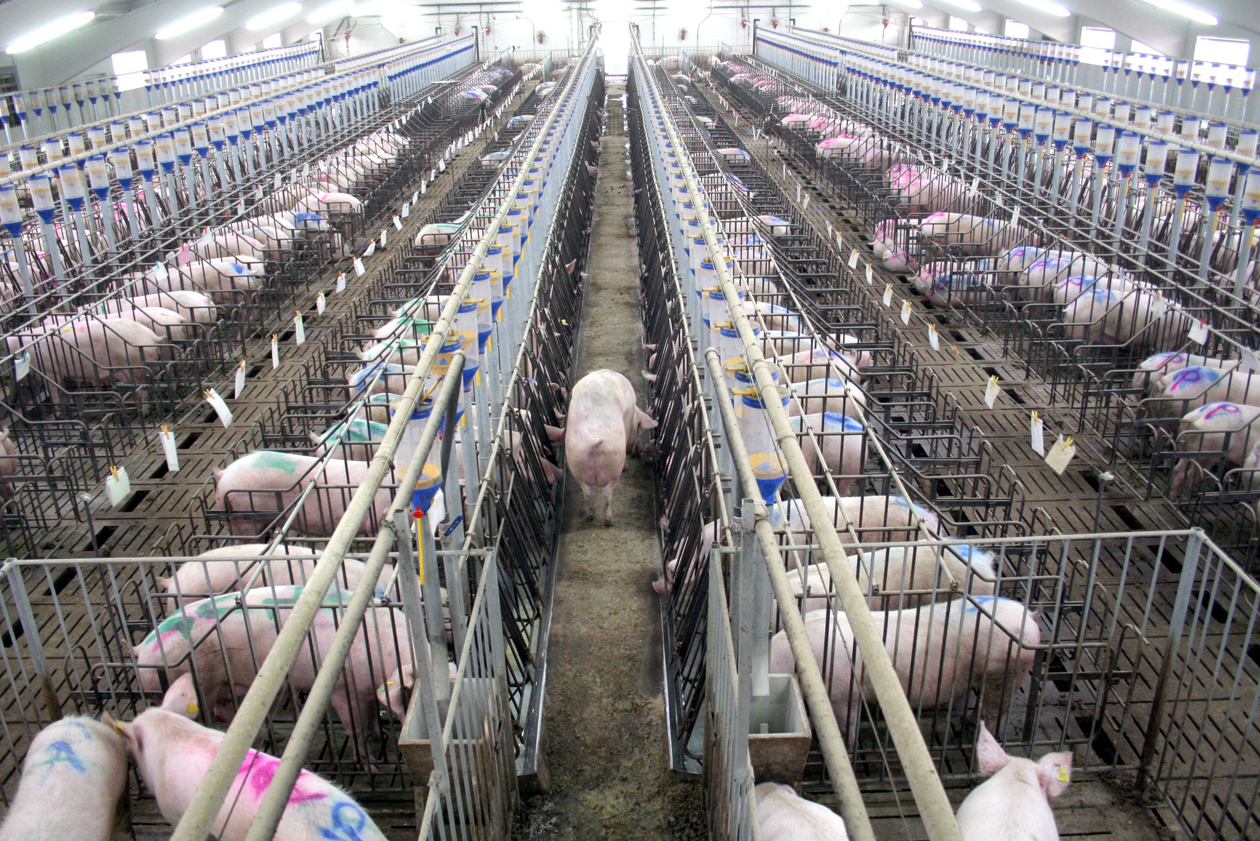As we mentioned in the previous post, some breeder farms observe a reduction in their fertility percentages when they change to batch management for more than 1 week, compared to those obtained when working in weekly groups.
This decrease in production when we switch to a work batch system every 3 to 4 weeks can happen in several groups. If a decrease occurs, it should be considered as something that can happen and not alarming. Normally, this situation usually corrects itself naturally and fertility returns to pre-switching values once the production flock settles down.
If this decrease in production happens, it is highly advisable to pay more attention to the stimulation and heat detection, especially in starter sows, and to make sure that at least the first heat is passed. It is essential to make sure that the gilts have had at least one heat, as in most cases they are hormonally synchronised to introduce them into the corresponding batch, so if we give this treatment without the sow first heat, we may be compromising her reproductive life. In addition, those sows that are hormonally synchronised, usually gilts and sows that are late from previous weanings should be identified in a simple way and kept grouped together, so, during the days of treatment, full treatment is ensured.
However, if we observe other clinical signs in gestation or lactation, or even in piglets, we should not rule out other factors, but approach it from a broader perspective, studying the history of production data, assessing management changes that have gone unnoticed or even sanitary.




